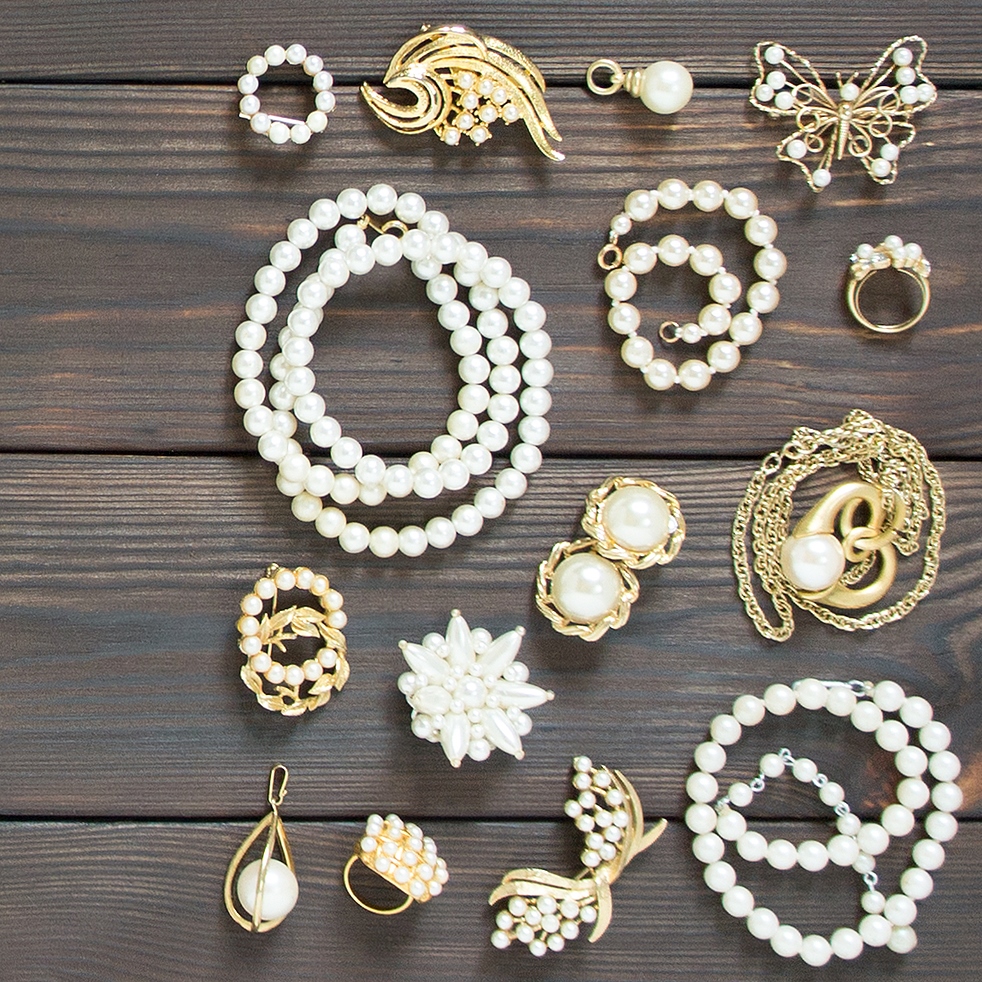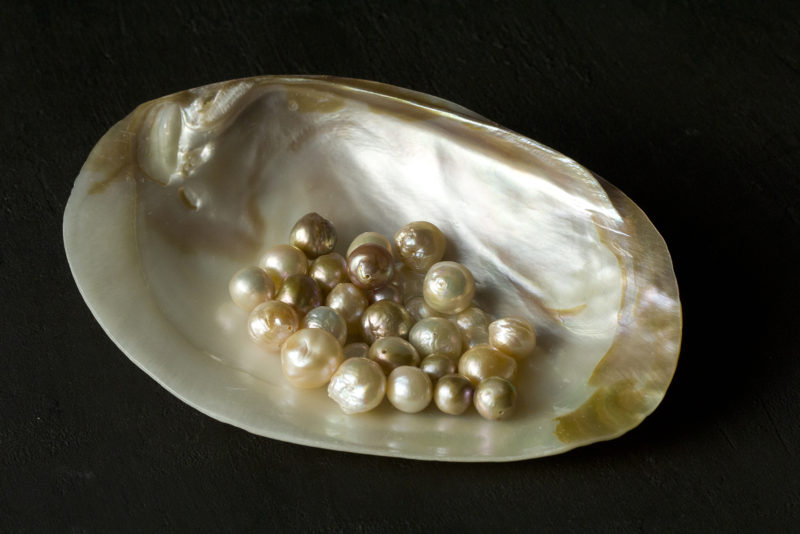Pearls, with their soft glow and refined look, have been valued for their class and innocence for ages. They are among the top cherished gemstones globally, with a rich background that crosses various cultures and periods, symbolizing not only affluence but also intelligence and prestige. Nowadays, pearls remain essential in jewelry collectors' stashes, praised for their enduring charm and their ability to fit seamlessly into various fashion styles.
The appeal of these gems extends beyond just their look; they are proof of nature's intriguing processes, with each pearl forming slowly inside an oyster's protection. Anyone interested in pearls must understand how they are evaluated. This knowledge allows buyers to identify the pearls' quality and worth, helping them make informed decisions when choosing these precious gems.
The Basics of Pearl Grading Systems
Understanding how pearls are graded can be complex due to the lack of universal standards. Instead, various systems are used, often influenced by location and culture. One widely used scale is the AAA-A system, which evaluates pearls using multiple quality measures.
For instance, AAA South Sea pearls are highly regarded for their exceptional attributes. These gems, sourced from the tropical waters of the South Sea, are prized for their large size and stunning shine, making them highly coveted in today's market.
Factors Determining Pearl Quality: Size and Shape
The dimensions and form of a pearl hold significant importance in its assessment. Typically, larger pearls are less common and thus hold higher value, provided other quality attributes remain consistent. Additionally, the form influences a pearl's grading; perfectly spherical ones are highly coveted due to their scarcity and popularity in traditional jewelry designs.
Nevertheless, alternative shapes such as ovals or droplets possess their own allure and attractiveness, albeit potentially receiving a slightly lower grade compared to their perfectly round counterparts. Baroque pearls, characterized by their irregular forms, are particularly prized for their distinct and artistic appearance, capable of imparting a unique flair to any jewelry piece.
Luster and Nacre Quality
The luster of a pearl is its most prominent feature. It describes how clear and bright the reflections on the pearl's surface are. Pearls of high quality show off a vivid, reflective glow, resembling a mirror. This glow comes from the nacre, an organic material that builds up the pearl.
Thick nacre enhances this glow and also means it can handle wear and tear over many years. Pearls with a slim layer of nacre often look less shiny and are prone to damage from regular use. When light interacts with thick nacre, it gives the pearl a captivating depth as if it has an internal light.
Surface Perfection
The surface of a pearl is crucial when evaluating its quality. A top-quality pearl should have a smooth and flawless surface. Any usual flaws such as spots, pits, or bumps can make the appearance of a pearl less attractive and reduce its quality level. Higher-quality pearls possess a smooth surface, enhancing their luster and visual appeal.
When choosing these stunning jewels, we must carefully consider even minor blemishes on their surfaces. These imperfections can affect both the appearance and durability of a pearl. This is particularly important for bigger pearls because any flaw will be more visible and can greatly impact how it looks when used in jewelry items.
Color and Overtones
The shade of a pearl is crucial for its attractiveness and evaluation. Although white is the usual favorite and commonly acknowledged color for pearls, shades like pink, gold, and black offer their own unique charm.
Extra shades, known as overtones, can greatly improve a pearl's visual appeal. For instance, a white pearl with hints of rose will emit a cozy, welcoming radiance, giving it a richer appearance. The ones with sought-after colors and enticing overtones typically receive higher grades and hold greater value.
How to Evaluate and Select Quality Pearls
When buying pearls, it's crucial to scrutinize their quality. Buyers should check for consistent color and size, particularly when getting strands or multiple pieces. It's wise to buy from well-known jewelers who can offer thorough details about the pearls’ background, quality level, and maintenance.
Moreover, securing a grading certificate from an accredited body can confirm the pearls' genuineness and quality. Taking these steps will guarantee that the pearls satisfy your visual standards and are a wise economic choice.
Final Thoughts
Understanding the grading system of pearls holds significant importance for those fascinated by these stunning jewels. Whether you're a seasoned enthusiast or a novice in the market, understanding what elevates a pearl's worth will steer your buying choices.
Premium-grade pearls, like the AAA South Sea variety, not only showcase exceptional beauty and skillful craftsmanship but also possess the promise of enduring value. With their unparalleled shine, size, and appeal, these pearls are an ideal choice for individuals looking to invest in heirloom-quality jewelry. So, if you're thinking about enriching your collection with these stunning jewels, make sure you understand their grades and quality so you can acquire pearls that will be in your jewelry box for years to come.

